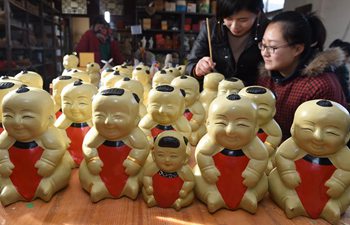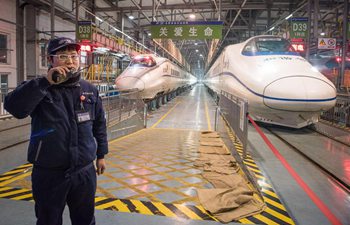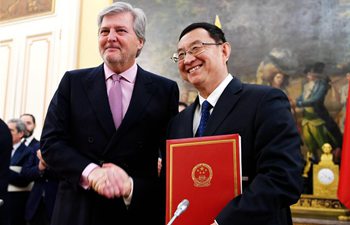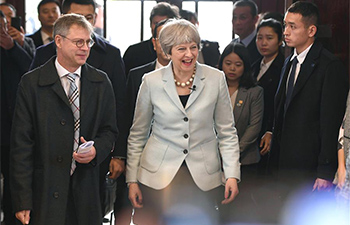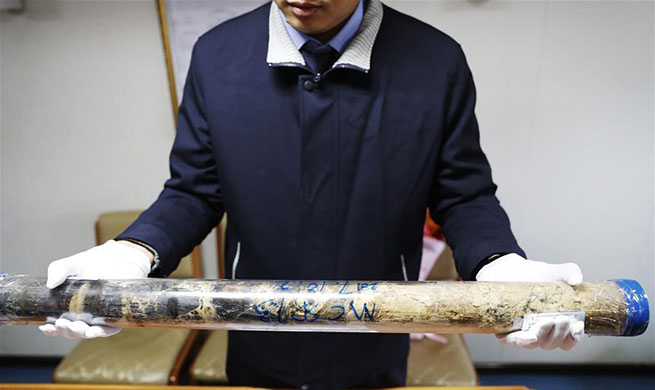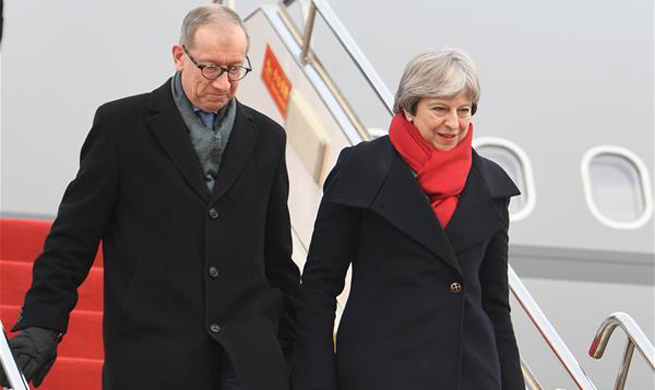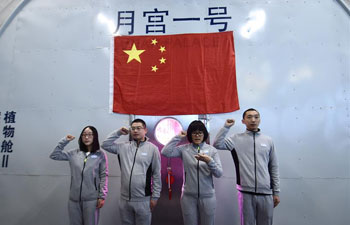BEIJING, Jan. 31 (Xinhua) -- The Chinese government Wednesday announced a plan to increase support for basic science, aiming for China to lead the world in science and innovation in about 30 years.
The government will improve planning for basic research, build more high-quality state laboratories, train young talent, boost international exchanges, and increase funding from more sources, according to a guideline issued by the State Council.
"We should build our country into a major global center of science and an innovation high ground by the middle of this century," said the guideline. "A number of key groundbreaking scientific achievements will be made and we will have many world-leading scientists."
Basic science is the branch of fundamental research in science that generates ideas, concepts, theories forming the basis to develop technologies or techniques in many scientific fields.
"The progress in basic science research is key in building a scientific powerful country in the world," the cabinet guideline said.
It identified 20 central tasks for the country's researchers to advance basic science research.
In terms of foreign cooperation, the guideline said the government would organize more international collaboration projects in key research, open national research and development programs to foreign participants, and implement science and innovation action plans under the Belt and Road Initiative.
The central authorities have highlighted the "primary" roles of science and innovation in boosting productivity and driving development. Reform should be deepened to raise the researchers' ability to innovate and make big original breakthroughs in science.
China has significantly ramped up spending in scientific research over the past decade. The Natural Science Foundation of China, for example, financed 41,184 programs with 22.71 billion yuan (about 3.3 billion U.S. dollars) in 2016.
In recent years, Chinese scientists have made breakthroughs in neutrino, nanotechnology, stem cell research, human gene sequencing, and high-temperature superconducting materials.




